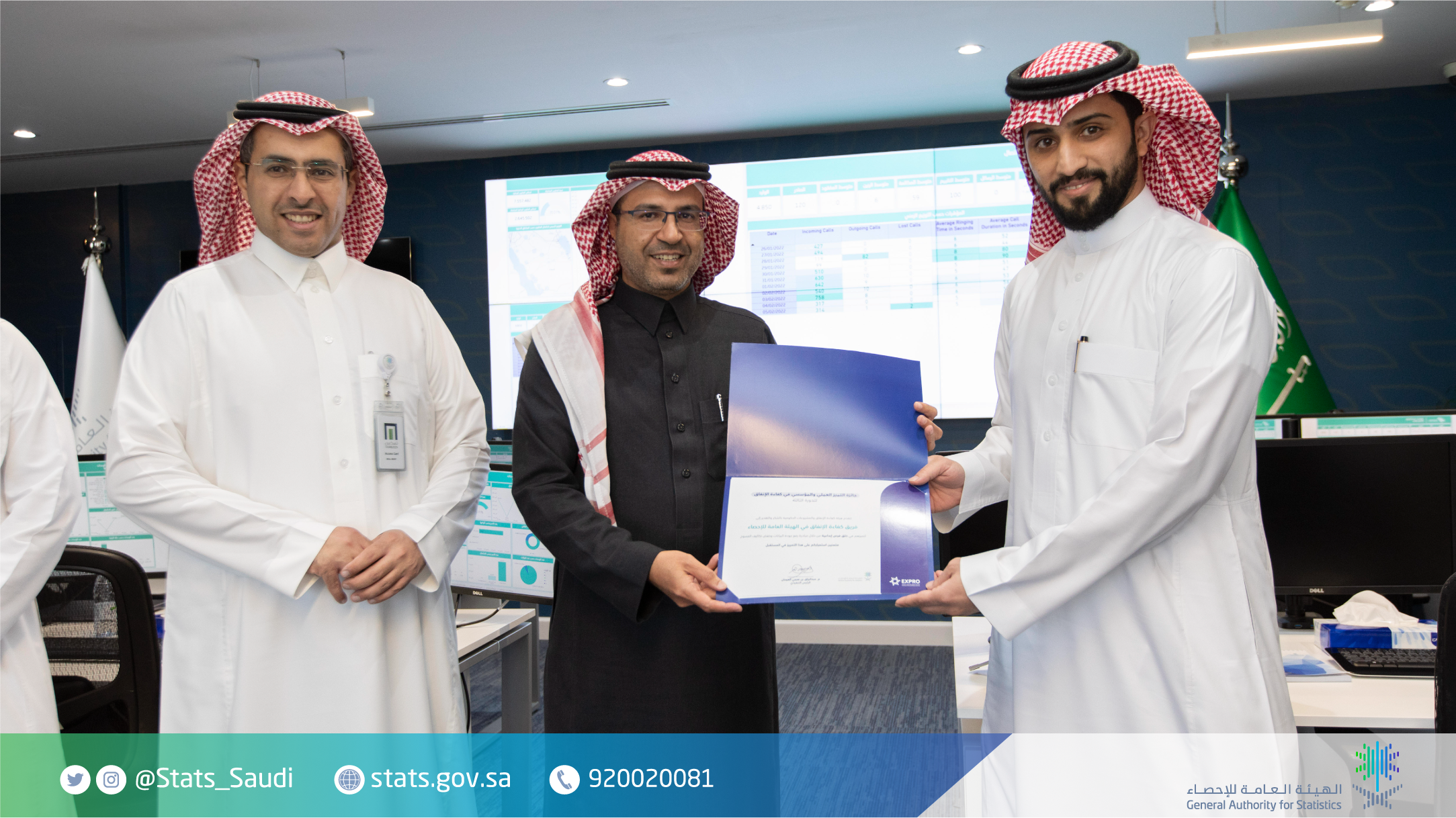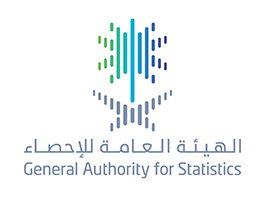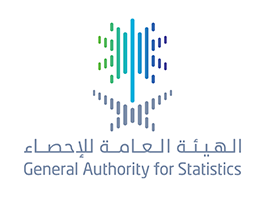Saudi Arabia’s fifth housing and population census is approved to commence on May 9, 2022 (Shawwal 8, 1443)
26-01-2022
His Excellency the Minister of Economy & Planning - and Chairman of the Board of Directors of the General Authority for Statistics (GASTAT) - Faisal bin Fadhil Alibrahim expressed his gratitude for the care and patronage by the Custodian of the Two Holy Mosques, King Salman bin Abdulaziz Al Saud, and His Royal Highness Crown Prince Mohammed bin Salman bin Abdulaziz, towards Saudi Arabia’s upcoming housing and population census.
In relation to the received direction to commence the census on May 9, 2022 (Shawwal 8, 1443) His Excellency stated that, “The Saudi census - which GASTAT conducts every ten years - is a vital pillar for the planning and policymaking required to achieve our Vision 2030 goals.” He praised the tremendous support the census operations have received from government agencies, as well as the cooperation from citizens and residents during last year’s pilot census, all of which has contributed significantly in enhancing GASTAT’s readiness to conduct the proper census process this year.
His Excellency encourages all residents to participate in the census as part of their national duty and social responsibility, and to cooperate with field workers in providing their data as accurately as possible. The census results will directly impact policymakers’ abilities to make evidence-based decisions that contribute to better public services and urban planning, as well as enable the private sector and investors to play their part effectively in the Kingdom’s economic development.
Alibrahim emphasizes GASTAT’s commitment to the highest standards of privacy and confidentiality when it comes to the collected census data. The Authority’s bylaws strictly prohibit any disclosure of citizens’ and residents’ data and private information (such as ID numbers, names or residency information).
His Excellency also highlights this census’s most prominent enhancements, including developing work procedures based on international best practices used in G20 countries and member countries of the Organization for Economic Cooperation and Development (OECD). Case in point, this will be the first census to make use of satellite imagery to ensure a more comprehensive coverage of the country’s regions and provinces that underwent incredible development since the last census in 2010.
Another new procedure aided by modern technology is the fact that citizens and residents have the option to fill out the census on their own via GASTAT’s website. Nevertheless, data collection and enumeration will still be available through field workers to ensure the widest coverage of all segments of the society.
Moreover, His Excellency shares that GASTAT has worked hand in hand with the Kingdom’s security authorities to employ their best practices in census operations, such as implementing secure background checks on all field enumerators and staff. Alibrahim asks everyone to cooperate with these workers, stressing that they are Saudi citizens performing an official government initiative and are enabled with all the support and protections they need to accomplish their tasks.
As with all public activities, His Excellency affirms GASTAT’s coordination and planning with the Ministry of Health to ensure that census workers always adhere to the proper precautionary measures to limit the spread of the Covid-19 virus, including fully-vaccinated field staff that are wearing masks and maintaining social distancing during household visits.
Address canvassing will commence today, January 26, and is considered an essential step towards an accurate and effective census. Field staff will begin cataloguing all inhabited and uninhabited housing units within the Kingdom and placing smart census stickers. Each sticker will have a unique QR code that will link the housing unit with its respective head of the household.







